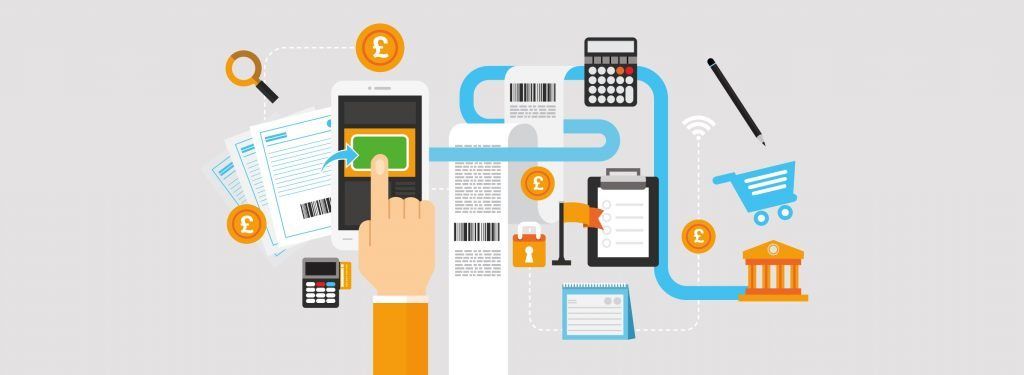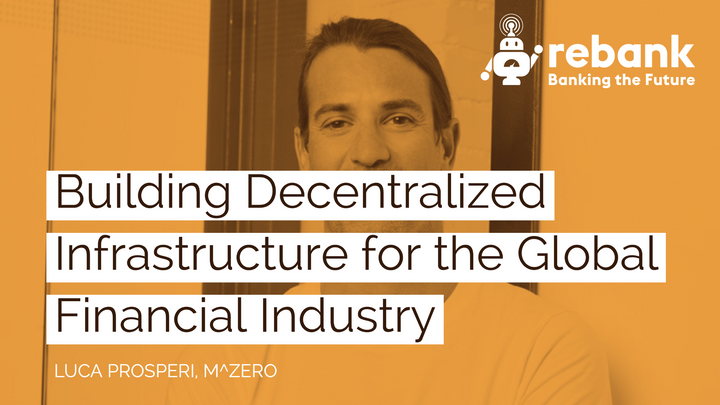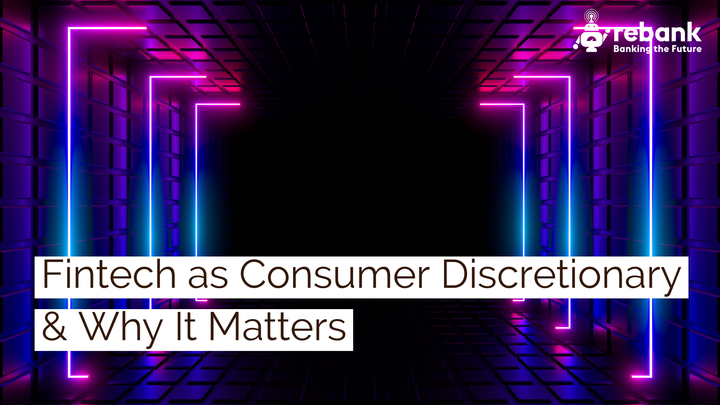What Great Technology Really Means for SME Customers

There is a missing link in the evolution of banking, and it impacts how much value businesses get from banking technology. The antiquated, process- and infrastructure-heavy banking propositions still offered by incumbent banks are being challenged by the futuristic, digital-only models promoted by soon-to-be neo-banks. The former continue to serve an increasingly disillusioned customer base that historically had no alternative, while the latter are preparing to stake claims for the millennial generation. The new developments are great for retail customers, but how can banking work for businesses?
Until now, we have lived in yesterday’s world of personnel- and branch-intensive banking. However, increasingly powerful technology solutions make a faster, cheaper, more intuitive experience possible. A coming wave of retail-focused challenger banks aims to automate and digitize all aspects of banking, dropping the human element completely in a sharp break from the existing model. Their approach could serve some retail customers well, but it will not suit those retail and business customers with more complex banking needs.
The Power of Automation
A large number of banking services can be automated for the decided benefit of virtually all: payment processing, money transfers, balance inquiries, account statement generation and online account opening, to name a few.
Other services, like financial advice and credit underwriting, have scope for automation in certain situations but not all. For example, customers with relatively simple financial situations are benefiting greatly from reduced costs associated with the automation of retirement savings (so called robo-advisory services) and the ease and speed of self-service, online, credit-scored loan providers.
When it works, the automation of banking serves both customers and banks. Many modern customers prefer setting up and sending wire transfers themselves, online, in a matter of minutes and in line with their schedules, instead of visiting branches and interacting with bank representatives to achieve the same end result. Customers that opt for self-service often do so to save time and energy, and banks should and do work to satisfy these customers. Banks, on the other hand, by enabling customers to do their banking online, grow to require fewer branches and less staff, thereby reducing their costs of doing business.
The Limitations of Technology
In the current cost-constrained and capital intensive banking environment, the economic benefits to banks of driving customers to online channels are significant. However, online delivery is not always the best option for the customer. In aggressively pushing users online, banks may be putting their profits ahead of their customers’ well-being.
While perfectly suited for a wide range of customers and banking services, online banking has its limitations. Business customers, for instance, may have complex financial needs, and receiving advice from experienced business bankers can be a significant value add. SMEs, often keenly focused on maximizing resource efficiency, may not have sophisticated software or specialist finance teams responsible for the more nuanced aspects of financial management. In such cases, knowledgeable bank relationship managers empowered to design tailored solutions, structure and approve credits, and advocate within their organizations on behalf of customers, can be tremendous resources to businesses.
To fulfill the needs of complex banking customers, especially small and medium-sized businesses, banks need to deploy great new technology that supports, rather than supplants, comprehensive, personalized human relationship management.
Next Generation Business Banking
Next generation banking systems have the potential to deliver an intuitive, secure and reliable online customer experience, but technology is not just a customer-facing issue. In fact, quite the opposite is true. It is largely webs of old, disparate systems that prevent incumbent banks from offering the high quality banking experiences that customers desire and deserve. The real promise of technology is on the backend.
In addition to powering online banking and mobile apps, newly available technologies have the potential to create amazing offline user experience by revolutionizing bank processes. Great systems enable visibility and communication across all areas of a bank, in real-time, on or off bank premises, empowering both customers and bank staff.
New technology enables relationship managers to leave the branch behind, bringing banking right to the customer, at their premises, as and when they want it. Customer onboarding, account opening, loan approval, modification of existing facility terms, and more, can all happen in real-time, anywhere in the world. Highly integrated systems provide a comprehensive view of a customer’s bank relationship, across business and personal, along with a record of all their interactions with the bank, across every channel. Such systems eliminate the need to re-apply for new products, chase bank representatives for information, or repeat a request multiple times to different parts of a bank before achieving resolution.
Additionally, efficient systems cost less, allowing new customer-focused banks to invest even more in excellent staff and personalized service.
Great technology, deployed across frontend and backend, enables amazing online and offline user experience, especially for customers with more complex banking needs, like businesses. Leveraging this advantage allows new banks to deliver real differentiation over currently available providers, propelling them toward achievement of their one true goal: creating the most satisfied customers ever.


